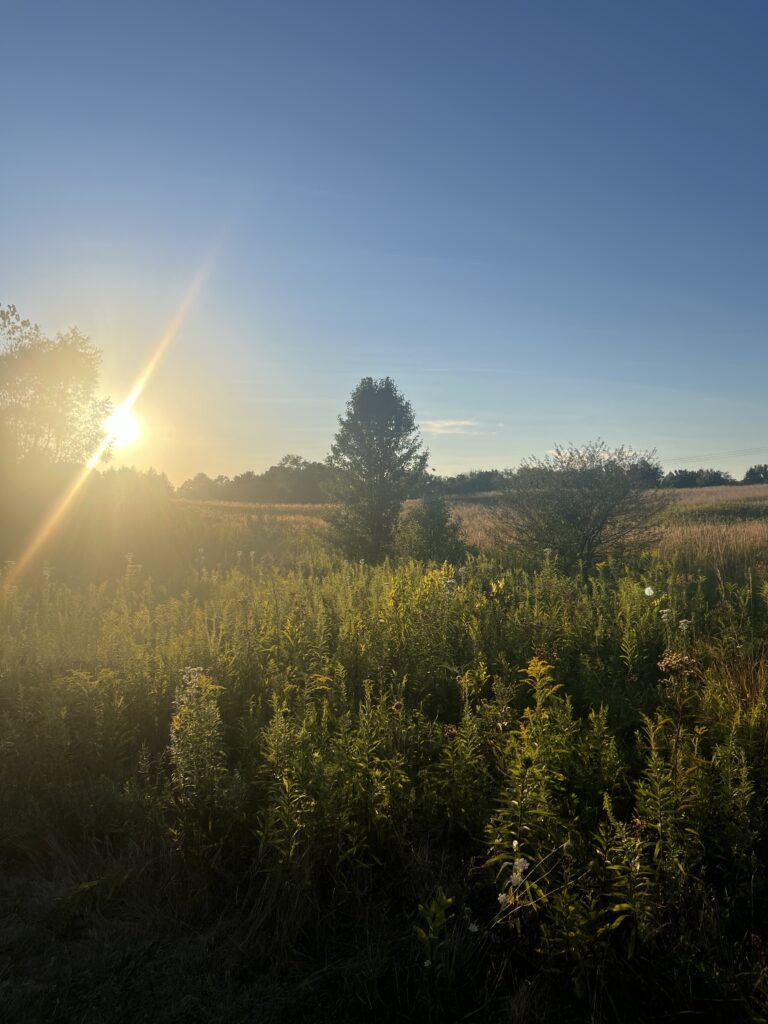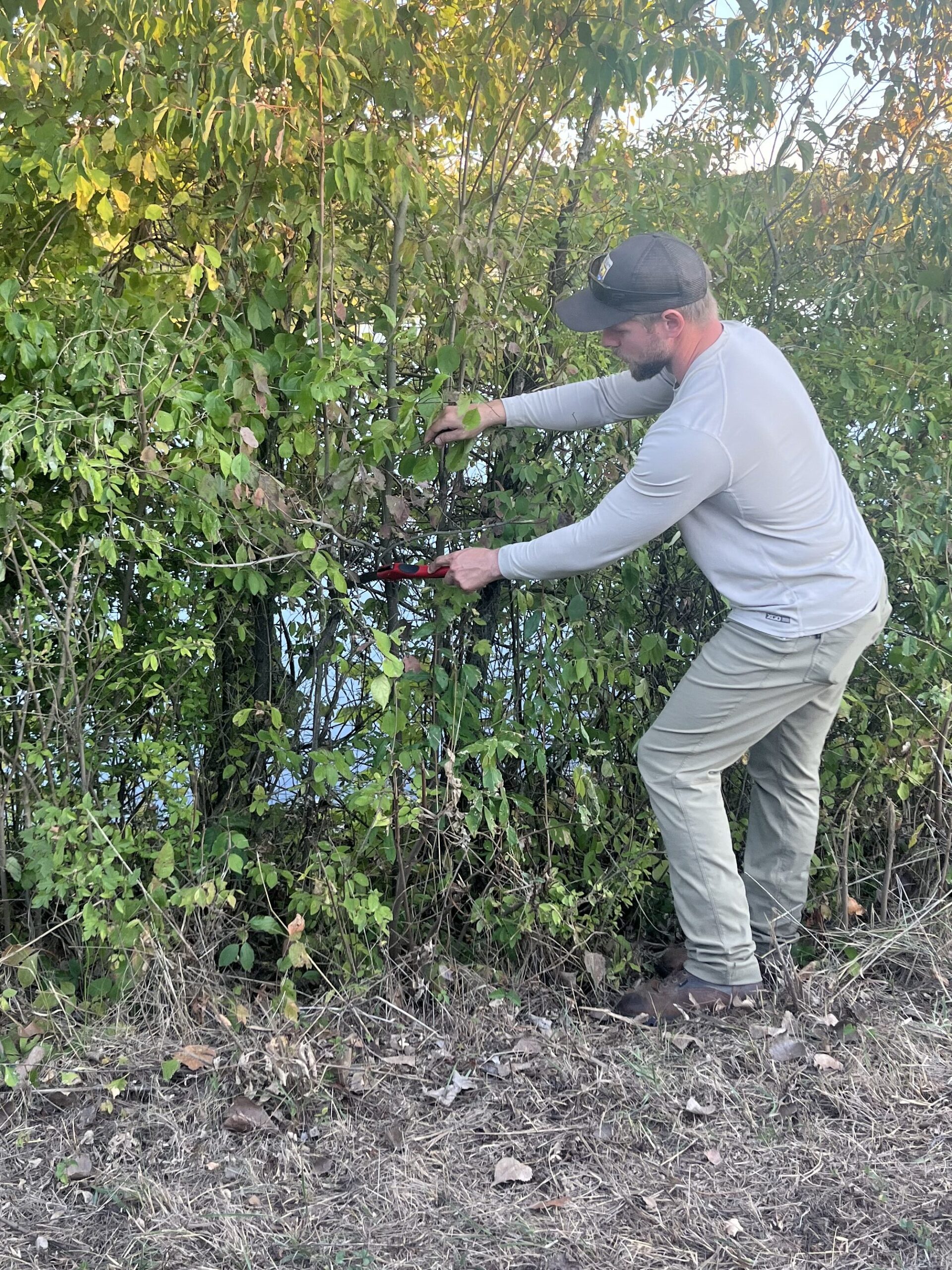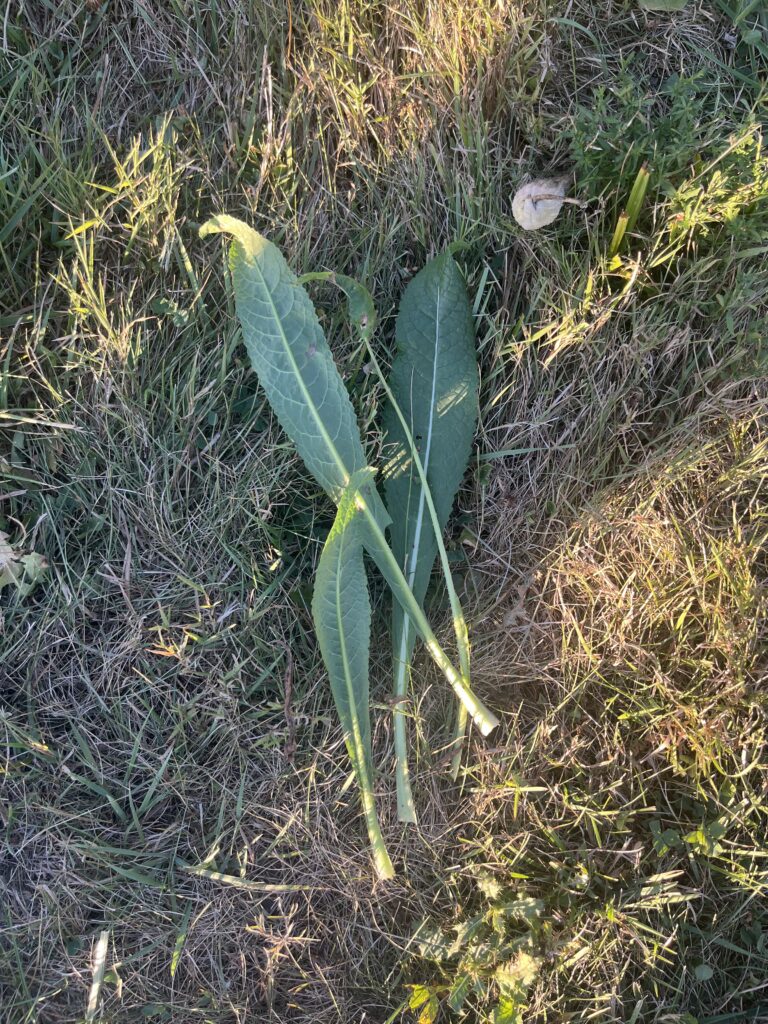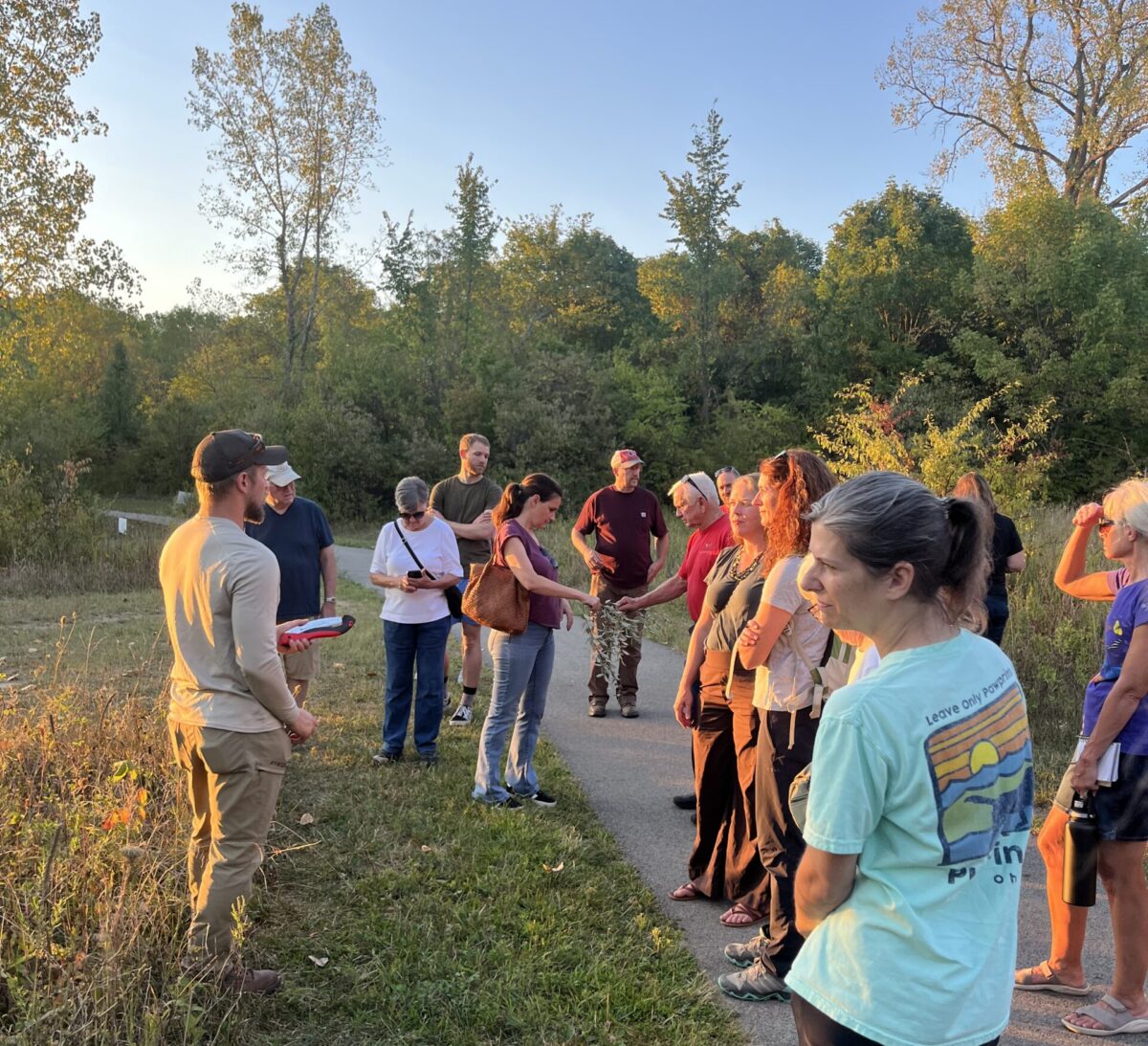
Across the Licking County countryside, a quiet war is being waged – a battle between native beauty and relentless invaders.
Teasel, buckthorn and oriental bittersweet. Bradford pear, poison hemlock and the beautiful but dangerous burning bush.
These invasive plants spread like shadows and strangle native life from the soil. Aided by humans, birds and even the wind, they spread through the woodlands, pastures, yards and ditches, disrupting the intricate dance of ecosystems.
Earlier this month, about 25 people gathered at the James Bradley Center at Infirmary Mound Park south of Granville on Ohio Rt. 37 for an educational workshop on invasive plant management and control, hosted by the Licking Park District.
Led by Ryan Morr, a fish and wildlife biologist with the U.S. Fish and Wildlife Service, the workshop focused on how to identify invasive plants and apply techniques to combat their spread.
Susan King, of Granville, explained an important reason for learning the techniques.
The Denison University graduate – an environmental studies major from the class of 1996 – and a leader in the Licking County Pollinator Pathways program, said the organization is working to create continuous corridors of native plant habitats. And one way to do that is to root out invasive species that choke out native plants and disrupt the continuous pathways pollinators need to survive and do their important work.
See also: Pollinator Pathway launches program to replace invasive Bradford pears with native trees
King said that pollinators play a critical role in maintaining healthy ecosystems, but that will not be possible if more invasive plants continue to destroy the food sources for these insects. For instance, she said, there has been an 80% decline in monarch butterfly populations due to the loss of their host plants – milkweeds.

“A place where we should be able to enjoy nature, where wildlife should be able to thrive, is being completely choked out by plants that shouldn’t be there,” King said, referring to invasive species such as the burning bush. This popular landscaping plant, she explained, produces seeds that birds spread across wide areas, exacerbating the problem.
Inside the James Bradley Center, a white table occupied most of the room. Lined up on the table were different kinds of herbicides and tools – soil knives, weed pullers, digging bars, mattocks. Everyone sat in their chairs with notepads and pencils in hand, their eager faces turned toward the man at the front of the room.
Morr provided advice on plant identification and proper herbicide use. He said that when handling an invasive plant, it is important to identify them and then match your chemical treatment to that specific plant. He also emphasized the importance of following the instructions on the herbicide label: “The book is the law,” Morr said.
As Morr wrapped up his demonstration, participants’ hands shot into the air, eager to learn and take notes on his advice tailored to their own land-management concerns.
Vicky Foutch, 63, of Granville, said she appreciated the opportunity to receive personalized advice about dealing with plants like honeysuckle and poison ivy.
Kitty Guinsler, 64, of Johnstown, said she is a passionate gardener and asked about how to prevent regrowth of invasive plants.
After an hour of classroom instruction, the group set out into the natural areas of Infirmary Mound Park for a more hands-on approach. With boots crunching on the gravel path, participants followed Morr to one of the park’s trails – the Fairy Trail. They all scanned the landscape for signs of invasive species hiding among the park’s biodiversity.

Morr knelt by a patch of weeds, holding up a stem for closer inspection. He picked off one of the leaves and sniffed it. With a curious grin, he had found the first invasive plant to show the group – teasel.
Morr explained that when cutting trees and vines, such as Bradford pear and poison ivy, it helps to apply a herbicide to prevent the problem plants from returning.
“This is the time of year when you want to hit them,” Guinsler said, as fall is an ideal season because plants are reserving energy for winter.
As the group continued to move deeper into the park, Morr identified yet another invasive species – oriental bittersweet coiling around trees – and in the farthest reaches of the park was buckthorn, weaving its way through the underbrush.
Morr plucked a branch from each of the plants and passed them around so that everyone had a chance to touch them, scan them and remember them.
Morr suggested a tip for the eradication process: Apply dye to your herbicide so you can see which plants have been treated.
For additional support, Morr recommended the U.S. Department of Agriculture’s Natural Resources Conservation Service, which offers programs to help property owners adopt conservation practices. These resources, coupled with the knowledge gained from the workshop, provided attendees with tools they can use to make a positive impact on the environment.
By the end of the walk, participants had seen firsthand the impact of invasive species on the landscape. It was clear that efforts to manage invasive plants go hand in hand with the interest and initiative of each property owner.
They left with a commitment to act, not only for themselves in managing their properties, but also for insects and animals affected by invasive species.
“If you care about our food supply, you should care about pollinators,” King said.
Daniela Gomez Vargas writes for TheReportingProject.org, the nonprofit news organization of Denison University’s Journalism program, which is supported by generous donations from readers. Sign up for The Reporting Project newsletter here.

